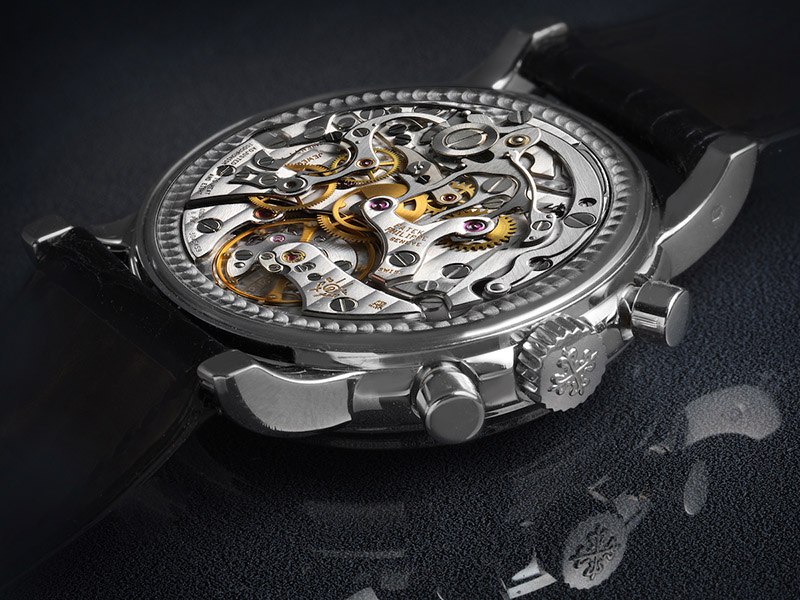
What are jewels in a watch
What do jewels do in the watch?
In a watch, jewels refer to small synthetic rubies or sapphires that are used as bearings for the moving parts of the watch movement. These jewels serve as a low-friction contact point between the metal parts of the movement, such as the gears, and reduce the wear and tear that can occur as these parts rub against each other over time.
By using jewels in the watch movement, the watchmaker can ensure that the movement operates smoothly and accurately, and that it lasts longer without requiring frequent maintenance or repair. The number of jewels used in a watch can vary depending on the complexity of the movement, but most modern mechanical watches typically have between 17 and 25 jewels.
Types of jewels used in the watch
The two most commonly used types of jewels in watch movements are synthetic rubies and sapphires. These materials are used because they have a very low coefficient of friction and are extremely hard, which allows them to serve as effective bearings for the moving parts of the watch.
Synthetic rubies are typically used more often than sapphires, as they are easier to manufacture and tend to be less expensive. However, sapphires are sometimes used in high-end watches because they are even harder than rubies and offer slightly better performance.
In addition to rubies and sapphires, other materials such as diamonds and ceramic are sometimes used as jewels in watch movements. Diamond is an extremely hard material that offers excellent performance, but it is also very expensive and difficult to work with. Ceramic, on the other hand, is a newer material that has been gaining popularity in recent years due to its excellent durability and low friction properties.
The more more jewels the better?
Not necessarily. While a higher number of jewels can be an indication of a more complex and well-crafted watch movement, it's important to understand that the number of jewels used in a watch does not necessarily determine its quality or accuracy.
The number of jewels used in a watch movement is typically determined by the number of pivot points that need to be supported by a low-friction contact point. In some cases, a higher number of jewels may be required to ensure the smooth operation of a more complex movement. However, in other cases, a movement with a lower number of jewels may be just as accurate and reliable.
Ultimately, the quality and accuracy of a watch movement depend on a variety of factors, including the materials used, the design of the movement, and the level of skill and craftsmanship that goes into its manufacture. So while the number of jewels can be a useful indicator of a watch's complexity, it's important to consider many other factors when evaluating a watch's quality and performance.
Do Quartz watches have jewels?
Yes, quartz watches can also have jewels in their movements, although the number of jewels used in a quartz movement is typically much lower than in a mechanical movement.
Quartz watches use a battery-powered electronic oscillator to regulate the timekeeping, which means that there are fewer moving parts in the movement compared to a mechanical watch. As a result, quartz movements typically require only a small number of jewels, usually two or three, to support the gear train and minimize friction.
The jewels used in quartz movements serve the same purpose as those in mechanical movements, which is to reduce friction and wear on the moving parts. By using jewels, the watchmaker can ensure that the quartz movement operates smoothly and accurately, and that it lasts longer without requiring frequent maintenance or repair.
